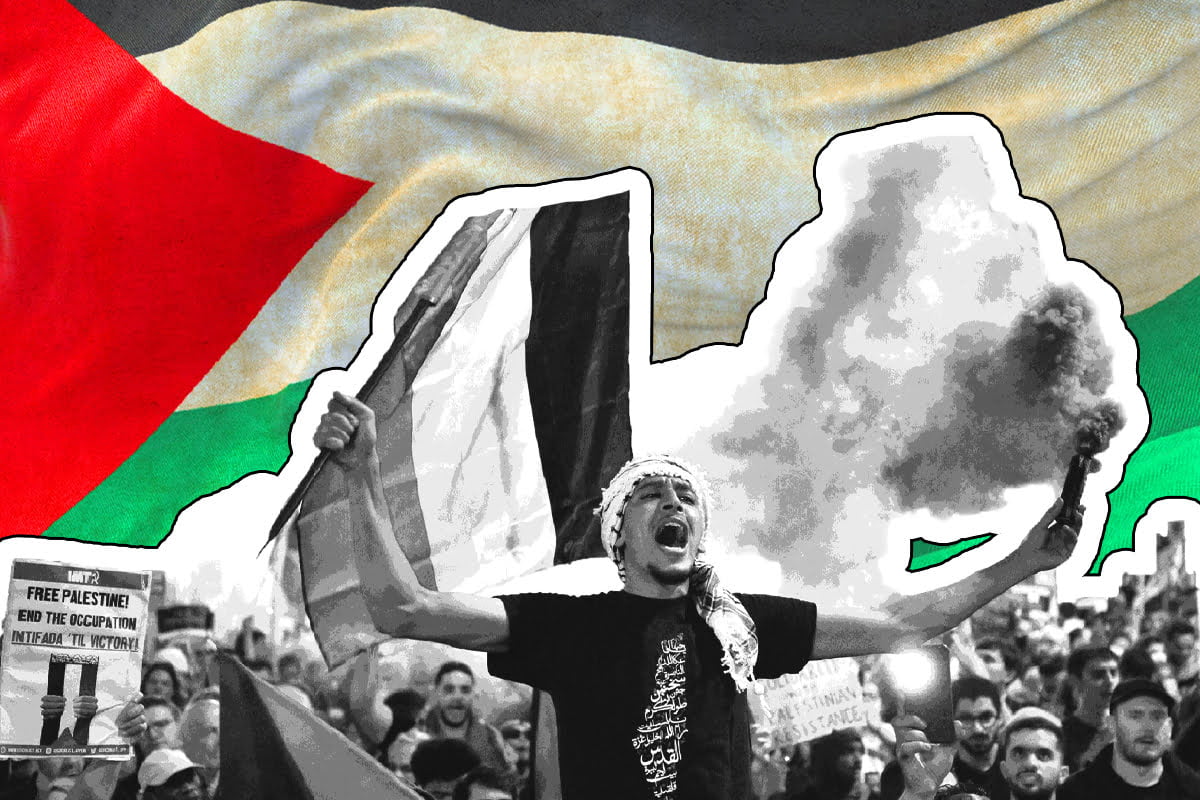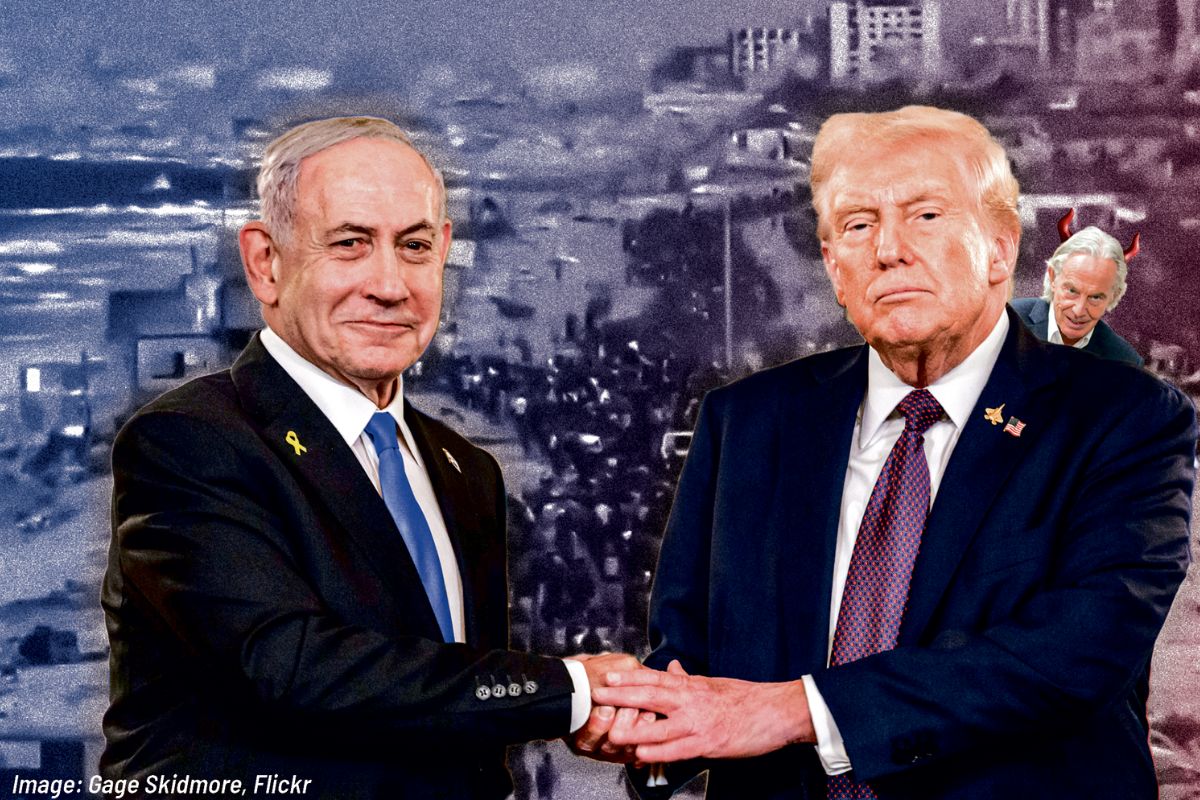Reactionary media mouthpiece of the British ruling class The Telegraph recently published two articles aiming to tar our Marxist societies with the ‘terrorist sympathiser’ brush, suggesting that the British state ought to silence us for raising the slogan ‘intifada until victory’.
“A Marxist society at a Russell Group university faces being shut down after putting up anti-Israel posters,” one of the articles reads. Posters, it adds, that “call for violence”.
View this post on Instagram
Quoting a national pro-Zionist group, the article claims that “Jewish students” (of course, only those Jewish students that The Telegraph is interested in talking to) have condemned this as a “thinly veiled call for violence”. Alongside this, the paper quotes Education Secretary Gillian Keegan’s threat to give 14-year sentences to anyone “glorifying” terrorism.
The Telegraph’s exercise in so-called ‘journalism’ is a call – based upon lies and slander – for censorship and repression. It is an attempt to silence those who dare to place the blame for this war squarely on Benjamin Netanyahu, the Zionist ruling class, and the western imperialists that have rushed to their defence.
Both articles by The Telegraph aim through insinuation to obfuscate the real meaning of ‘intifada’. Their journalistic hack has sought to falsely equate intifada, and all Palestinian resistance, with ‘terrorism’ and being ‘pro-Hamas’.
The ruling class have always attempted to equate revolution with bloodshed. We, however, defend the real heritage of intifada, which is a source of inspiration and lessons for revolutionaries.
First Intifada
On 7 December 1987, the ruling class was caught aghast by news from Palestine. After twenty years of direct Israeli military occupation since 1967, the Palestinian masses burst onto the scene of history after four Gazans were murdered by an Israeli trucker.
Such acts of terror against innocent Palestinian civilians were commonplace – as they still are. But this time, as with all revolutionary movements, a point had been reached where the people had finally had enough.
The usual methods of putting down the protests of Palestinians in the Occupied Territories with bullets did not work. The arrogant assumption of the Israeli ruling class that a modus vivendi had been struck between the oppressor and oppressed was soon shattered. The Intifada was born. This was unlike any form of Palestinian resistance before.
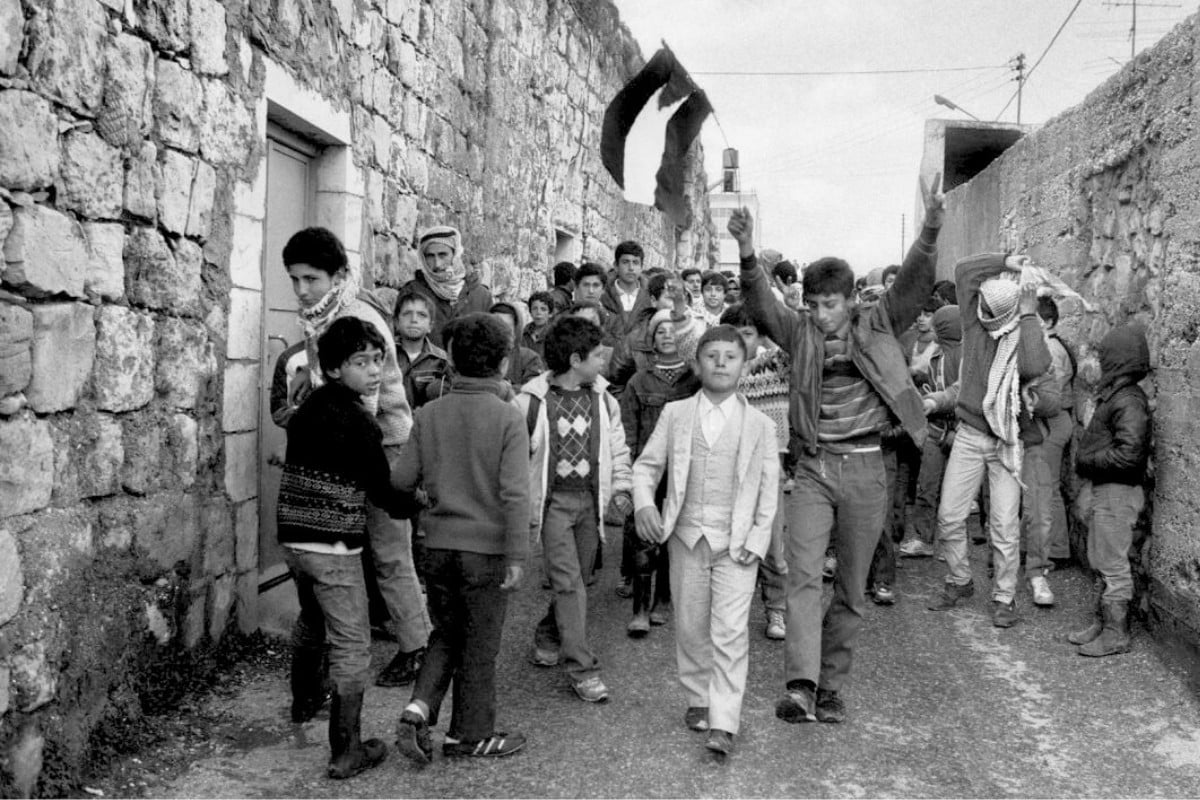
The power of the First Intifada did not come from rocket attacks or behind-the-scenes conspiracies. The word ‘intifada’ literally means ‘shaking off’, and refers to a mass uprising against oppression. It was the mass character of the movement which gave it its strength. The entire population of Palestine rose up to resist the occupation.
Within a few weeks, tens of thousands of self-organised committees were set up to resist every aspect of Israeli rule. It would not be incorrect to say that the years of the first Intifada represented the most democratic movement that has ever been seen in Palestine.
‘Popular committees’ mushroomed across historic Palestine, where young men and women assumed the day-to-day responsibilities of defying the occupation. Food, healthcare, protests, and self-defence were organised from the grassroots.
The sudden and sustained struggle led to general strikes, commercial, strikes and roadblocks. Civil disobedience ran through the veins of the First Intifada. The famous tax revolt in Beit Sahour – where Palestinians refused to pay taxes that were levied by the Israeli authorities to fund the maiming and murder of their children – completely undermined the Israeli narrative that they were dealing with ‘terrorists’.
‘Liberated zones’ were set up across Palestinian villages, towns, and refugee camps, where the shababs (young Palestinian men) would chase the IDF out with its tail between its legs. The foot soldiers of the Intifada, young boys that had experienced nothing but life under occupation, were typically armed with sticks and stones, fighting off the Israeli military machine.
This struck an iconic resonance across the world: a true David and Goliath battle, with the Palestinian youth wielding the slingshot.
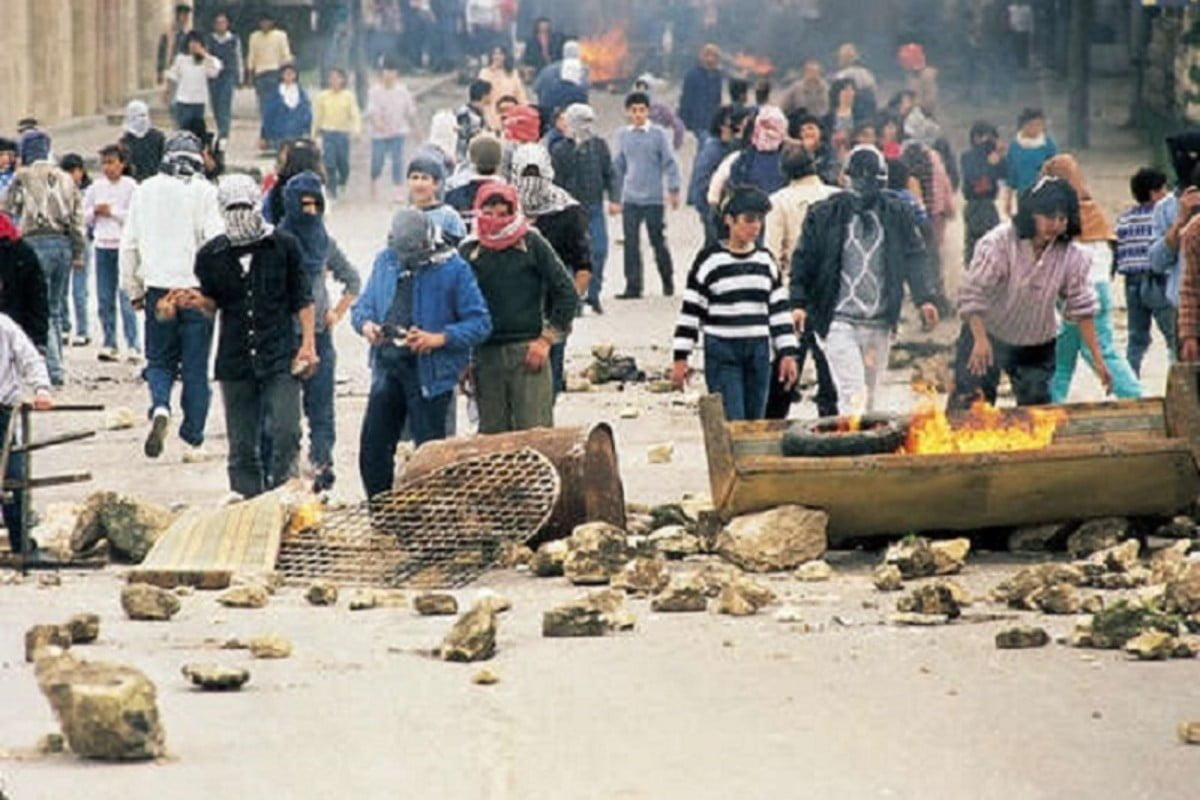
The youth took control over neighbourhoods; shopkeepers closed their businesses; and the Palestinian working class refused to work in Israel. The Intifada became a clarion call for change from the oppressed and poor in the region.
The accumulated anger and humiliation of the Palestinian people exploded – and this had serious implications for the region as a whole. Solidarity spilled onto the streets of the Arab states. The struggle of the Palestinians began to resonate within Israel itself, with small but significant solidarity being expressed by elements of the Jewish working class and youth.
The brutal repression even began to shake the young IDF soldiers, who became repulsed by the occupation. Sharp divisions within the upper echelons of the Israeli military command also opened up. This was summed up by General Orr, the former supreme commander of the IDF: “We all agree that the occupation must end, because maintaining it constitutes a far greater danger to our security than ending it.”
The Zionists had lost control of the situation. And this is what worries the western imperialists about the call for an intifada. It is precisely because it has nothing in common with terrorism. Indeed, it showed the Palestinian masses that they should be at the forefront of their own struggle. It showed them where the real power in society lay, and threatened to teach workers across the region that lesson as well.
The Intifada severely shook the foundations on which the Zionists rule. And its methods still remain the only way forward for the oppressed and poor. It was, and remains, the most effective way of fighting for lasting liberation for the impoverished Palestinian masses.
We are proud to announce a new series of in-depth articles on the topic of Israel-Palestine, putting forward a revolutionary perspective for Palestinian liberation, and lasting peace for the whole region.https://t.co/hQvLm0QjDB
— Socialist Appeal (IMT) (@socialist_app) April 29, 2023
Chorus of cynics
For those that – with the boldness of ignorance – equate intifadas with Hamas, we would refer them back to the historical record. Funded by Israeli security services, with the oversight of the CIA, Hamas was promoted precisely to cut across the strong socialist and secular currents in the Palestinian liberation movement.
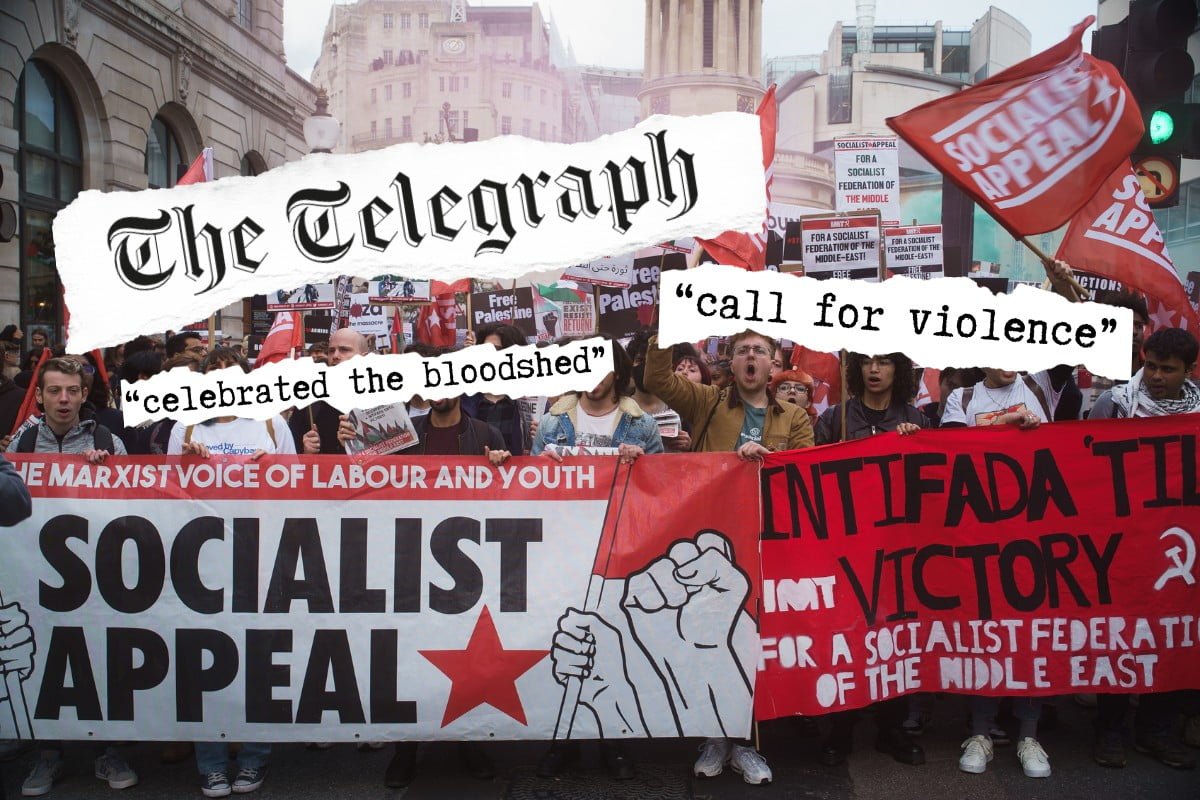
As Haaretz recently wrote, Hamas has continued to be promoted by Netanyahu for his own cynical ends. Netanyahu’s associate Gershon Hacohen let this fact slip in a TV interview in 2019: “We need to tell the truth. Netanyahu’s strategy is to prevent the option of two states, so he is turning Hamas into his closest partner. Openly Hamas is an enemy. Covertly, it’s an ally.”
This has been an open secret for decades. Perhaps the British media should ask Israeli officials whether they, in fact, support Hamas.
For those that are trying to outlaw the slogan of ‘intifada until victory’, we draw their attention to the words of Michael Ben-Yair, the Israeli Attorney General 1993-96:
“The Palestinian intifada is a war of national liberation. We Israelis enthusiastically chose to become a colonialist society, ignoring international treaties, expropriating lands, transferring settlers from Israel to the occupied territories, engaging in theft and finding justification for all these activities.”
There is little we would add.
Violence by who?
It is true that there was violence during the First Intifada.
Extremely violent methods were used by the Israeli state to put down the popular uprising. Over a thousand Palestinians were murdered, including 237 children under the age of 17. Netanyahu himself, before he gained his current position, stated back in 1987 that the IDF should shoot to kill stone throwers. At this time he served as the Israeli ambassador to that great ‘humanitarian institution’, the United Nations.
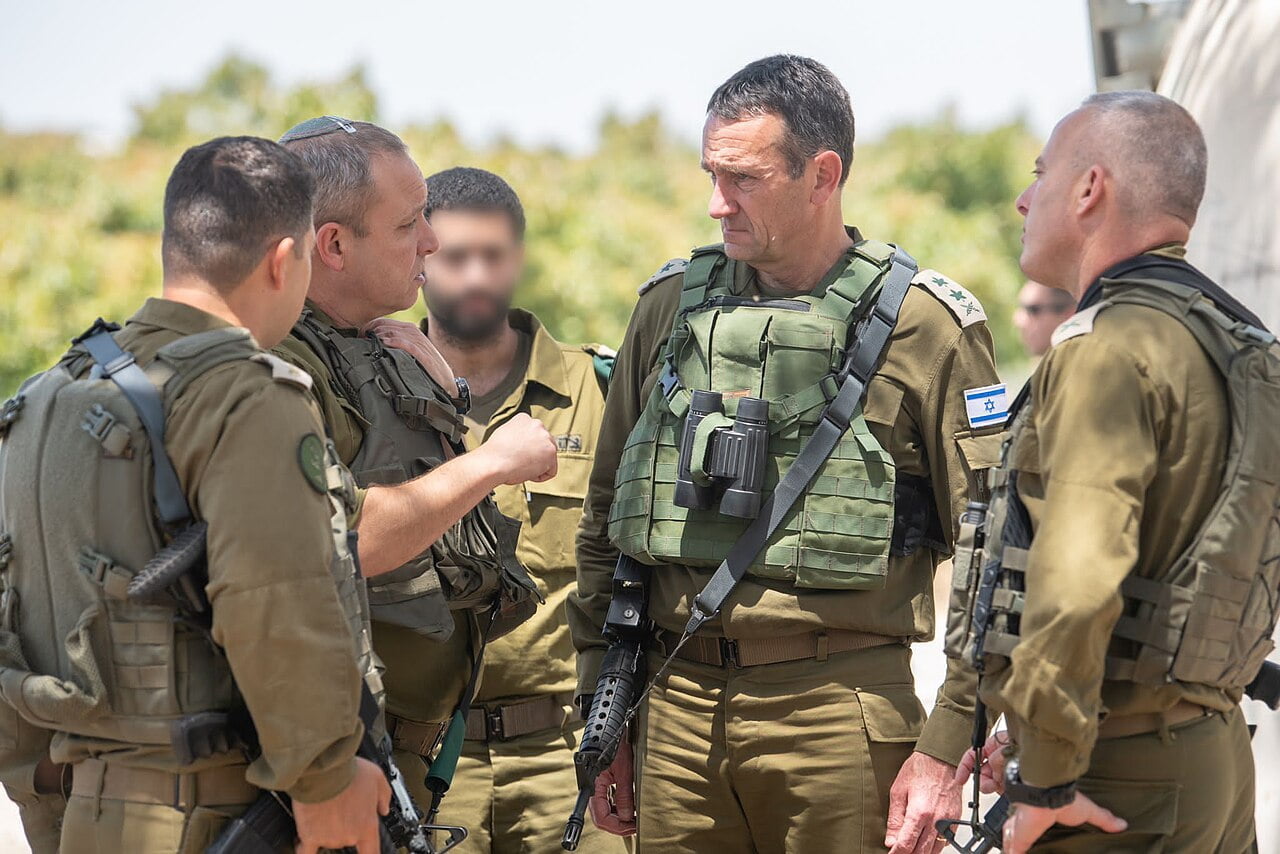
Yitzhak Rabin, the defence secretary who would later shake hands with Arafat on the White House Lawn during the Oslo Accords, became notorious for his ‘broken bones’ policy towards the shababs.
Deportations, raids, seizure of property, and threats from Shin Bet (Israeli security services) coloured the Israeli response to this show of Palestinian militancy.
It is estimated that two out of every five Palestinian males over the age of 15 in the Occupied Territories was imprisoned during 1987-93. 40,000 were held in administrative detention, kept hostage without trial or proper indictment.
Israel’s Ansar camps were overwhelmed with political targets, and became known as the ‘camps of slow death’. Physical and psychological torture were routine. Prisoners would be locked away in isolation rooms, with a sack over their head, handcuffed, and forced to stand. Brutal methods – echoing the abuses later seen at the US’s Abu Ghraib camp during the Iraq war – were commonplace.
Naturally, there is no mention of this by our enemies. All those raising a hue and cry about ‘inciting violence’ on campuses willfully ignore who perpetrates the real violence, and to what end. Their doublespeak is understandable. By lining up behind the Israeli ruling class, they apologise for the bloodshed of a murderous, genocidal regime.
These ladies and gentlemen cry their crocodile tears as hospitals are bombed, yet remain intransigent in siding with the Israeli regime. It is no wonder that millions do not trust a single word they utter or believe the headlines they print.
Tragedy
The First Intifada opened up a truly unprecedented situation. So unstable did the situation become that US imperialism put pressure on the Zionist ruling class to pay lip service to a ‘two-state solution’. Everything had to be done to prevent a full-scale revolution.
The ‘official’ Palestinian leadership was also worried about the threat of revolution. When the First Intifada erupted, the Palestinian Liberation Organisation (PLO) leaders were stationed in Tunis. The Intifada had been a wholly spontaneous movement, and had thrown up its own leadership in Palestine that was beyond the control of the PLO.

Yasser Arafat, who headed up the PLO, viewed the conflict through a purely nationalist lens. He had no perspective of a socialist revolution in the Middle East. As far as the official Palestinian leadership was concerned, the spontaneous, grassroots movement had run out of their control, and they were keen to manoeuvre into the leadership and apply the brakes.
The Zionists could therefore make use of the PLO leaders.
The result – in the form of the 1993 Oslo accords – marked a humiliation of everything the Palestinians had fought for. With the establishment of the Palestinian Authority (PA), Palestinian nationalism had been put to a severe test, and failed.
Arafat used his personal authority by leaning on the Palestinian masses’ militancy. He traded it as a bargaining chip with Israel, while suppressing internal opposition. Handshakes, summits, roadmaps, dinners at fancy resorts, and the peace treaties that the Palestinian ‘leadership’ brokered signified one thing – betrayal.
Between 1993-2000, settlements almost doubled in the West Bank from 110,900 to 190,206. Israel flouted all of her main commitments set out at Oslo. The continued occupation was rightly seen by millions as the bitter fruits of the ‘peace process’.
When Israel’s much despised defence secretary, Ariel Sharon, visited the Al-Aqsa mosque complex in occupied East Jerusalem in 2000, this was the final straw for the Palestinians. This flagrant provocation led to the Second Intifada breaking out.
This once again began as a spontaneous mass uprising of the Palestinians. All that was promised by Arafat and co. had melted into air. A common peace and prosperity between the peoples could not be achieved on a capitalist basis.
But the lack of a genuinely revolutionary leadership stymied the opportunity to end the occupation by making class appeals to all the poor and oppressed in the region to rise up. In many ways, the Second Intifada was characterised by bitterness and desperation.
The leadership of Fatah and Hamas – which was also on the rise – offered no way out. Instead of mass struggle, as had been the tradition of the Intifadas, they turned increasingly towards the methods of bombings and rocket attacks, which relegated the role of the masses and could not defeat the occupation.
In the end, the Fatah and Palestinian Authority leadership agreed – under George W Bush’s ‘roadmap to peace’ – to end armed actions, and once more assume the role of subcontractors for the IDF in the occupied territories.
The rise of Hamas during these years was a direct product of the venal Palestinian Authority’s capitulation to Israel. This is the tragedy of the Intifadas.
The opportunity to overthrow the Zionist ruling class – and all the dictators in the Middle East that are responsible for the plight of the Palestinians – was squandered. But this certainly won’t be the last.
Intifada until victory!
Thirty years on from Oslo, it is no surprise that the Palestinian youth are looking through the lessons of history for a way forward. The potential for a much greater conflagration across the entire region of those oppressed under the heel of imperialism is clear to all.
The Intifadas above all have two lessons. Firstly, that the masses of the region have enormous power when they enter struggle – they are the only power that can bring down Zionism and imperialism. And secondly, that leadership is a key factor: in order to truly realise this potential power, a revolutionary socialist leadership must be built.
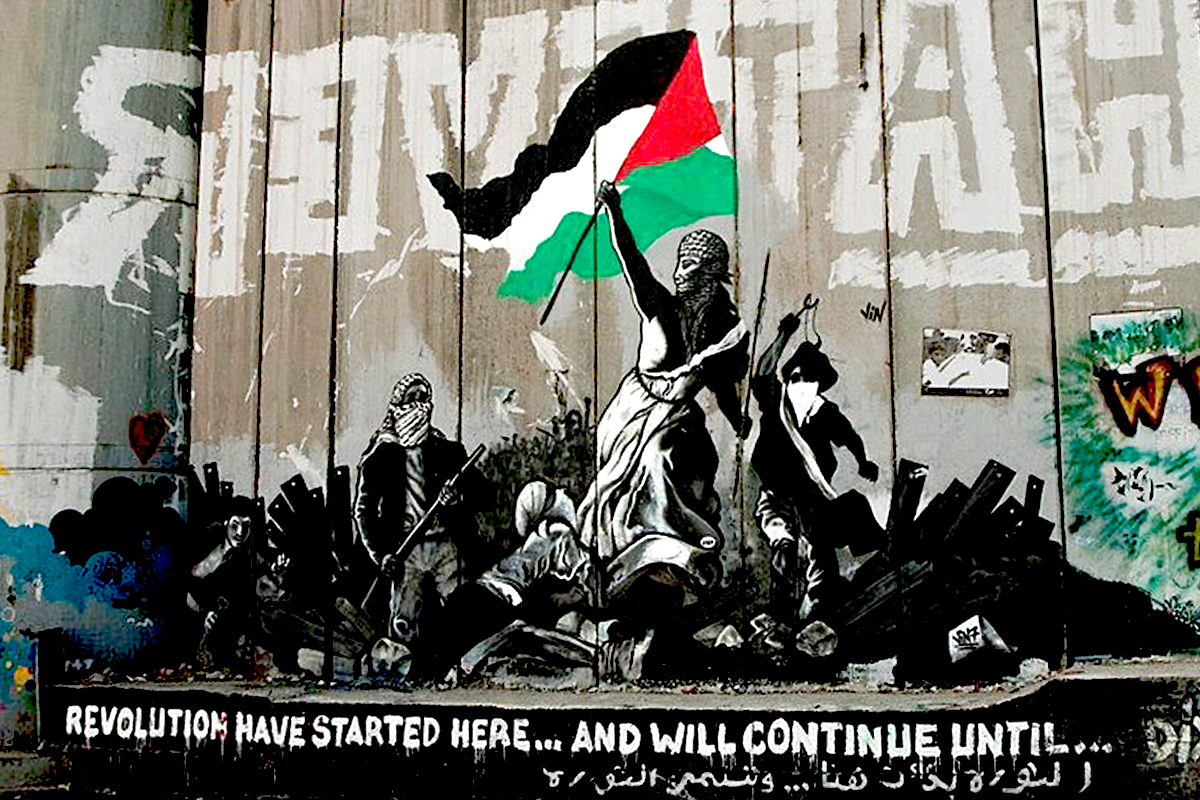
The Palestinian general strike in May 2021 – named the ‘Unity Intifada’ – was a step in the direction of mass struggle. Only through revolutionary struggle against the regimes of the whole region – a new Intifada – will the masses be freed from the shackles of imperialism.
We have come under attack for using a slogan, for which we make no apologies. We will continue to use every injustice against the Palestinian people to pour scorn on our hypocritical ruling class. We will continue to organise in schools, on campus, and in workplaces to overthrow the capitalists and the imperialists.
We reject outright the accusation that our slogan presents a threat to Jewish people in Britain. The struggle to overthrow the Zionist state is the only way to end the enmity between the peoples in historic Palestine.
View this post on Instagram
To spell it out for our enemies: communists stand on the side of the oppressed over the oppressor. That is the elementary duty of anyone struggling for a world free from war, oppression, and exploitation. We will, therefore, not take moral sermons from those that make apologies for the violence of the Israeli state; or, for that matter, by a billionaire-funded media outlet that has blood on its hands.
The communists of the IMT will continue to defend the revolutionary heritage of the Palestinian uprising, and boldly put forward the slogan at every opportunity: Intifada until victory!

